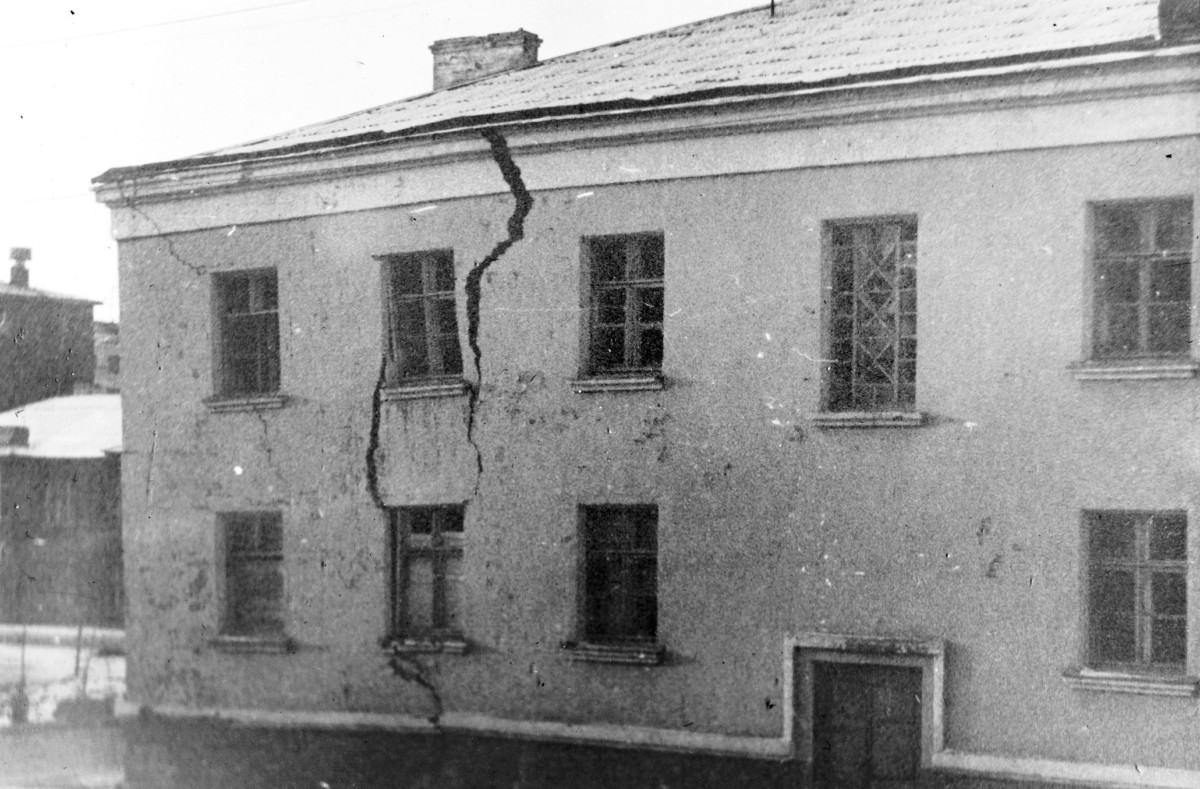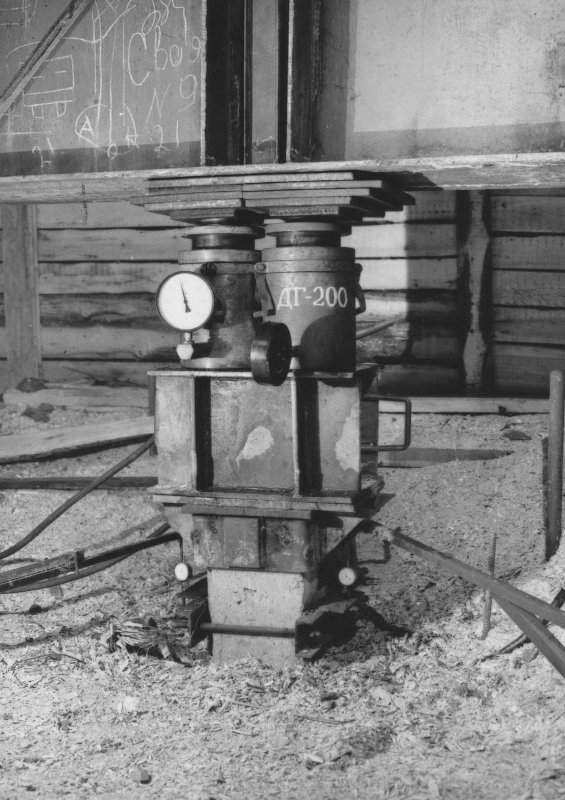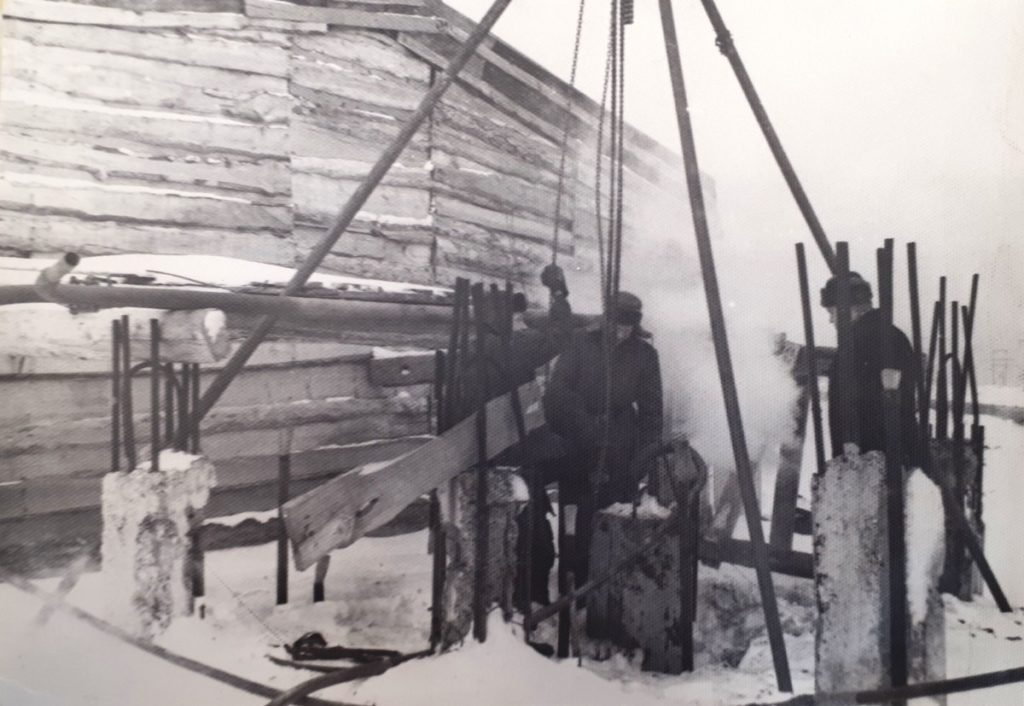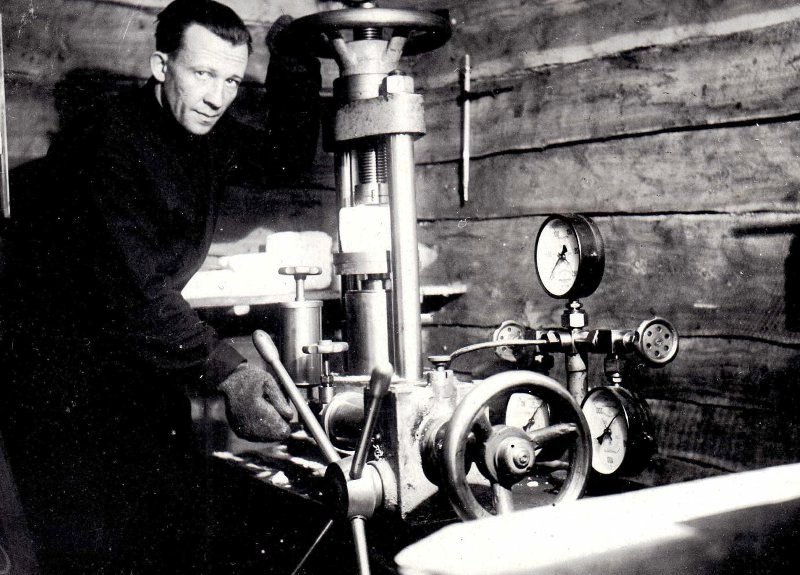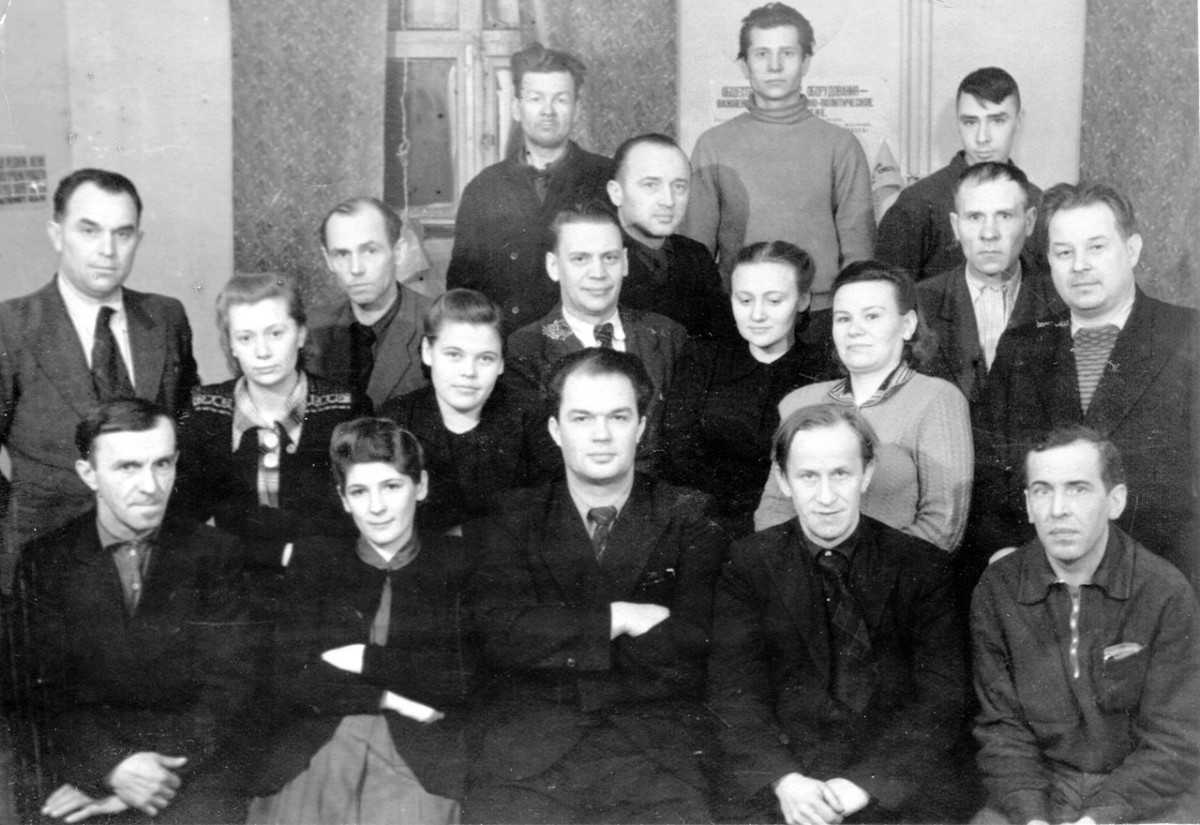#ARCTIC. #SIBERIA. THIS IS TAIMYR. The first Norilsk buildings, both industrial and residential, fell into disrepair within several years due to the foundations deformation. The construction basic principle was – all large workshops that generate heat should be built on a rocky foundation, even if it was necessary to dig pits up to 20 meters deep. But the permafrost station scientists were looking for other ways of building in the Arctic.
By the end of 1936, the station staff was already 30 people. In the area of Zavodskaya street, a service room was allocated for the station – a barrack without a floor and a roof. According to eyewitnesses, it was a permafrost station in the full sense.
The station’s task program was very extensive. Thanks to its research, the industrial buildings, a dam on lake Dolgoye, and the Norilsk-Dudinka narrow-gauge railway construction began. On experimental sites, in underground chambers, the strength properties of frozen soils were tested.
Piles as a possible way of building on permafrost were for long time ago. Back in 1937, under the guidance of engineer Fyodor Holodny, a brick factory was built in Norilsk, where pile foundations were used for the first time.
Of course, it was still an imperfect technology. The soil was first thawed by electrical heating, and wooden piles were lowered into the resulting slurry. It was irrational, but even such an experience was successful – the building stood strong.
Later, the permafrost station head Mikhail Kim improved that technology by proposing drilling holes for piles with rope-percussion machines. Thanks to Kim’s method, Norilsk was built six times faster.
In the last publication of the History Spot photo project, we told that 70 years ago the Norilsk Mining and Metallurgical College got its own building: in 1952 it was among the most beautiful, largest and tallest ones.
Follow us on Telegram, VKontakte.
Text: Svetlana Samohina, Photo: Nornickel Polar Division archive
